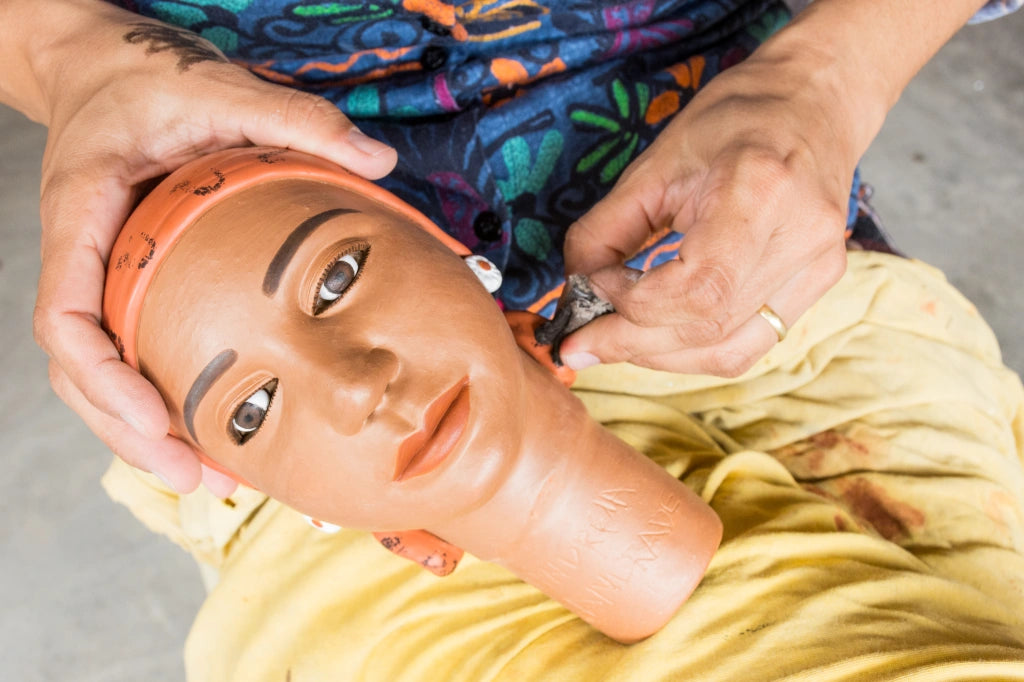
Glycerin Soap Bars, Are They Worth It?
What is glycerin?
Glycerin, or glycerol, is derived from plant-based oils. It also occurs naturally in fermented goods, such as beer, wine, and bread.
This ingredient was “accidentally” discovered in 1779 by a Swedish chemist heating up an olive oil mixture. He identified the resulting fat as glycerin.
Since the mid-nineteenth century, people have used glycerin to create soap. This process involves heating up certain plant oils and allowing the solution to cool and harden into bar form.
Although you can still make glycerin soap at home, this ingredient is widely available in over-the-counter (OTC) beauty products.
Read on to learn more about its potential benefits, what to look for in an OTC product, how to make it at home, and more.
What benefits does glycerin soap offer?
Unlike many OTC soaps, pure glycerin soap is all-natural. It doesn’t contain alcohol, fragrances, or other chemical-based ingredients that could irritate your skin.
This makes glycerin soap vegan-friendly and a great option for people with sensitive skin.
Your skin’s natural oils are often stripped during the bathing process, whether from hot water or harsh products. Glycerin can help lock in your skin’s natural moisture and prevent over-drying.
This may be especially beneficial if you experience drying conditions like:
At the same time, glycerin is nongreasy. This means it’s a good choice for anyone with oily or combination skin.
Glycerin may also have anti-aging benefits. According to a mice study reported in Science Daily, the ingredient can help even out your skin tone and texture. This may reduce the appearance of fine lines and other surface blemishes.
Is it really hypoallergenic?
Glycerin is considered nontoxic and environmentally friendly. But that doesn’t necessarily mean it’s hypoallergenic.
“Hypoallergenic” is a term that means a particular product isn’t likely to cause an allergic reaction. The U.S. Food and Drug Administration doesn’t recognize this attribute or regulate the way this term is used.
That means that cosmetic manufacturers can label their products as hypoallergenic without having any scientific proof to support their claim.
Although pure glycerin isn’t likely to cause an allergic reaction, any added ingredients in OTC products might. The only way to determine your allergy risk is to do a patch test before you do a full application.
To do a patch test:
- Apply a small amount of your chosen soap product into the inside of your forearm.
- Cleanse and rinse the area as directed.
- Wait a day or two to see if any symptoms develop.
- If you don’t experience any irritation or inflammation, it should be safe to use elsewhere.
Are there any drawbacks to consider?
Although glycerin soap is safe for all skin types, its humectant effects may be bothersome for people who have very oily skin. Doing a patch test on a particularly oily area can help you determine how it will affect your skin.
Glycerin easily absorbs water, so a bar of this soap may not last as long as conventional varieties. Taking it out of the shower after each use prevents it from dissolving under unintentional water spray.
Pure ingredients can also come at a cost. Synthetic-based soaps are cheaper to make, so they’re sold at lower prices. You might find pure glycerin soap to be on the higher end of your personal care budget. Making it yourself can save money, but this process can be time-consuming.
How to use glycerin soap
You can use glycerin soap every day as part of your regular skincare routine. Like other soaps, glycerin soap can cause stinging or burning if it gets into your eyes. If you exercise caution when cleansing your face, this shouldn’t be an issue.
What to look for in over-the-counter (OTC) glycerin soap
Glycerin is water-soluble and clear in color. It’s also naturally fragrance-free. If you can’t see or smell the product before buying, look at the ingredient label to make sure it doesn’t contain additives like fragrances.
Many OTC soaps contain glycerin along with other ingredients. This may include essential oils, dyes, and synthetic materials. If there are other ingredients listed along with glycerin on a label, this means that you’re not looking at pure glycerin soap.
Although additives won’t render glycerin ineffective, they increase your risk for irritation and other side effects.
Liquid glycerin is available at your local food store, but you can’t just open the bottle and use the liquid as soap. You can use liquid glycerin to make your own bar of glycerin soap, though.
How to make your own
To make glycerin soap at home, you need plant oils, lye, and liquid glycerin. You also need 70-percent proof alcohol (as in liquor, not isopropyl or rubbing alcohol) and distilled water.
There are varying glycerin soap recipes online, which can provide quantities and safety guidelines, but they all share a few basic steps:
- After you put on gloves and safety glasses, very slowly sprinkle lye into the distilled water (never add water to lye).
- Add the lye solution to the plant oils, such as coconut or vegetable.
- Begin to heat the ingredients on the stove or in a slow cooker
- Add the liquid glycerin and alcohol to the mixture.
- Once the ingredients fully dissolve, pour the mixture into your mold of choice and allow to cool.
The cooling down process can take several days. It may be helpful to make a large batch of soaps at once, so you can keep extra bars on hand.
The bottom line
While OTC products are an option, many of these contain other ingredients, too. Although additives won’t diminish glycerin’s healing and moisturizing properties, they do increase your risk for irritation and other side effects.
If you’d rather not make soap from scratch, do what you can to locate a pure glycerin soap product. You should be able to find an authentic bar of glycerin soap at your local health store or at online retailers.




Leave a comment
This site is protected by hCaptcha and the hCaptcha Privacy Policy and Terms of Service apply.